

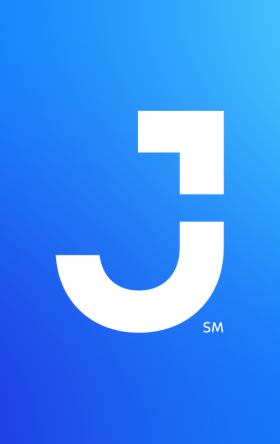


At Jacobs, we're challenging today to reinvent tomorrow by solving the world's most critical problems for thriving cities, resilient environments, mission-critical outcomes, operational advancement, scientific discovery and cutting-edge manufacturing, turning abstract ideas into realities that transform the world for good. With approximately $16 billion in annual revenue and a talent force of more than 60,000, Jacobs provides a full spectrum of professional services including consulting, technical, scientific and project delivery for the government and private sector.



As a purpose-led company, we know we have a pivotal role to play in addressing the climate emergency. We consider this not only good business, but our duty to channel our technology-enabled expertise and capabilities toward benefitting people and the planet.
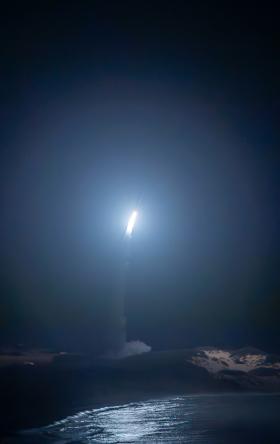
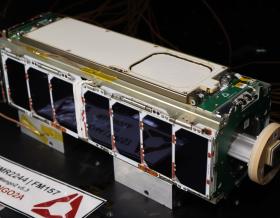

For more than 70 years, our teams have provided integrated solutions to help solve the most complex and hazardous challenges of space exploration. We invent by imagining what’s possible.



Sit down with our visionary team of thinkers, dreamers and doers to see what a day in the life is like.



For more than 30 years, Jacobs has been responsible for planning and implementing Lead and Copper Rule-related strategies which protect millions of people in the U.S. and Canada. Our work includes enhanced water quality monitoring strategies, sampling plan development, harvested pipe-scale analysis, lead service line inventories and replacement plans, corrosion control studies and the incorporation of equity and environmental justice considerations into compliance programs.



Jacobs. A world where you can.

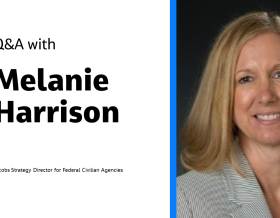
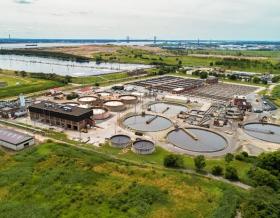
As our clients navigate the digital transformation and growing cyber risks, we have positioned ourselves at the forefront of this growth, adding digital capabilities, products and tools to serve a growing set of customers.



Jacobs is working to help clients across the United States secure federal funding for projects that make our cities and communities more connected and sustainable. Working hand-in-hand with clients from coast to coast and everywhere in between, Jacobs develops bold, innovative solutions to address the nation’s toughest challenges.

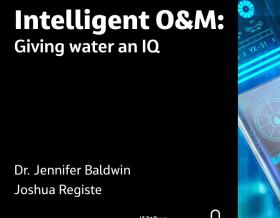
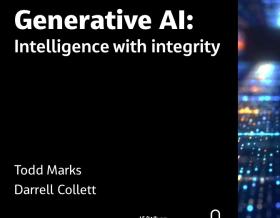
A curated selection of some of the top-listened to and trending podcast episodes from our popular If/When podcast series, which has over 4M downloads to date.



Now more than ever, we appreciate the hard work, sacrifice and dedication of the medical profession in ensuring the health and safety of our communities.



Together, we are stronger. Together, we can transform the future.



Together with our visionary partner, PA Consulting, we're establishing our position in high end advisory services, creating a springboard to expand in high value offerings beyond the core.



We work in partnership, delivering some of the most challenging, diverse and innovative projects and programs globally across multiple sectors. We integrate complex interfaces across planning, procurement and delivery to help unlock better social, environmental and economic outcomes from mega and giga projects.



We’ve provided design-build services to the water sector for over 25 years and delivered more than 150 projects. We offer fully integrated design-build and design-build-operate capabilities to tackle the most complex water challenges and work in close collaboration with our clients.



As climate change threatens water security around the world, more communities are turning to water reuse as a resilient water supply solution and embracing the OneWater principle that all water has value. Jacobs has been supporting clients with water reuse programs for decades, beginning with the first applications of advanced wastewater treatment technologies in the 1960s. We provide our clients with a full range of services, from water reuse feasibility studies to design, construction and operations.



Jacobs’ deep experience with advanced technology systems and our wide-ranging program support capabilities make us a premier partner at locations across the world. We deliver the right talent, tools and processes to support and enable our customers’ missions.



The National Air and Space Museum's One World Connected exhibit will tell the story of how flight fostered two momentous changes in everyday life: the ease in making connections across vast distances and a new perspective of Earth as humanity’s home. Below are some stories from Jacobs that also highlight the connections and digital solutions we are making around the world.



Stories that capture our partnerships and innovative impact for a more connected, sustainable world



The only certainty about the future is uncertainty. Resilience is an attribute of a smarter planet, and requires planning and adapting ahead of potential threats. We help our clients survive, recover, adapt and thrive.



In 1973, the first functional cellphone in existence weighed two and a half pounds – a whopper in comparison to cellphones carried in pockets around the world today. With an average use time of nine and half hours, the cellphone granted users 35 minutes of talk time and required 10 full hours to recharge!
Today’s smartphones, by contrast, offer a broad range of functionality, including powerful geospatial analysis technologies at your fingertips. These technologies allow your phone to give you real-time directions (GPS) or surface nearby restaurants, gas stations or shopping opportunities while you’re out on the town. The geospatial analysis market is expected to reach $72 billion by 2021, offering wide applications to help combat some of the world’s toughest challenges, such as climate variability and disaster response and urban health, education, crime and economic development.
But what if we showed you how Jacobs is harnessing the power of location, integrating powerful geospatial analysis and visualization tools on mobile devices to streamline the process of identifying and prioritizing buildings with potential harmful vapor intrusion risks before they can impact human and infrastructure health?
reduction in level of effort – a reduction of 1.5+ weeks in time spent reporting and visualizing results
locations sampled with more than 10,000 sample results recorded to-date
“High-resolution field instruments and automated tools help field and offsite project teams to visualize results in near real-time, allowing for better, faster collaboration and ultimately a more rapid decision-making process for government agencies and private companies.”
Jacobs Geospatial Solutions Leader
Former
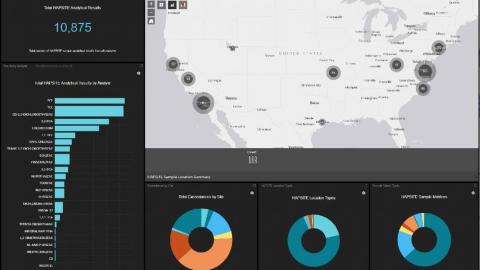
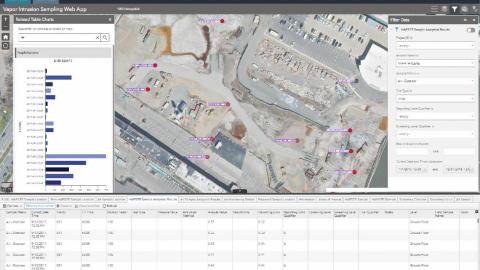
Vapor intrusion (VI) is a harmful process where chemicals in soil or groundwater underneath existing buildings migrate to indoor air, either through natural processes or through human occupant activities. VI can pose significant long- and short-term human health risks, inciting action on many corrective action plans and site cleanups.
For us, weighting, scoring, and siting of VI potential for buildings begins by extracting sample location data from the area of interest and performing a data reduction process to filter and normalize sample data for only valid sample results. Sample locations are then assessed for their maximum concentration values, which are used in the VI scoring process. The VI scoring process is built around our VI score card, an algorithmic model based on factors such as screening level, sample matrix and building scenario, to determine a VI score for each sample location. Sample locations are then spatially-enabled in a geographic information system (GIS) where they are intersected with spatial building data, using a defined area of influence around the building, or buffer. The building’s VI score is determined based on this spatial intersection and the process can be run on a specific area of interest, or on a much larger scale.
VI data and location information are delivered through our web mapping application, a sophisticated business decision support tool, that provides an interactive and intuitive interface for viewing the results of the analysis. This application helps users derive actionable data from the analysis for faster, more accurate decision making and planning.
Additionally, our mobile data collection tools make surveys and sampling more efficient, accurate and integrated across the enterprise, utilizing cloud-native GIS and chemical sensors that provides more rapid VI investigation results, analysis and reporting. We pair a mobile data collection application (that runs on a tablet or phone) with an industry standard air sampling sensor. Data from the devices sync to our cloud GIS platform which manages the data normalization, screening level comparisons and other analysis in a fully-automated way.
Results are instantly available on our web application and teams can view, query and run reports against the data. We layer in other critical datasets in both the mobile and web applications, so field and office teams can view chemical plumes, groundwater depth, utility lines and other information – helping the field teams more accurately sample and providing them information so they can make decisions on-the-go.
Jacobs’ field VI solution is a templated, integrated solution for fast deployment and instant data communication between project team members. Our system design supports rapid mobilization for emergency response efforts, so projects can be in the field, collecting data and analyzing results with no lag time. The solution is templated and configurable meaning the solution can be deployed in a cost-effective way and be customized to specific project needs.